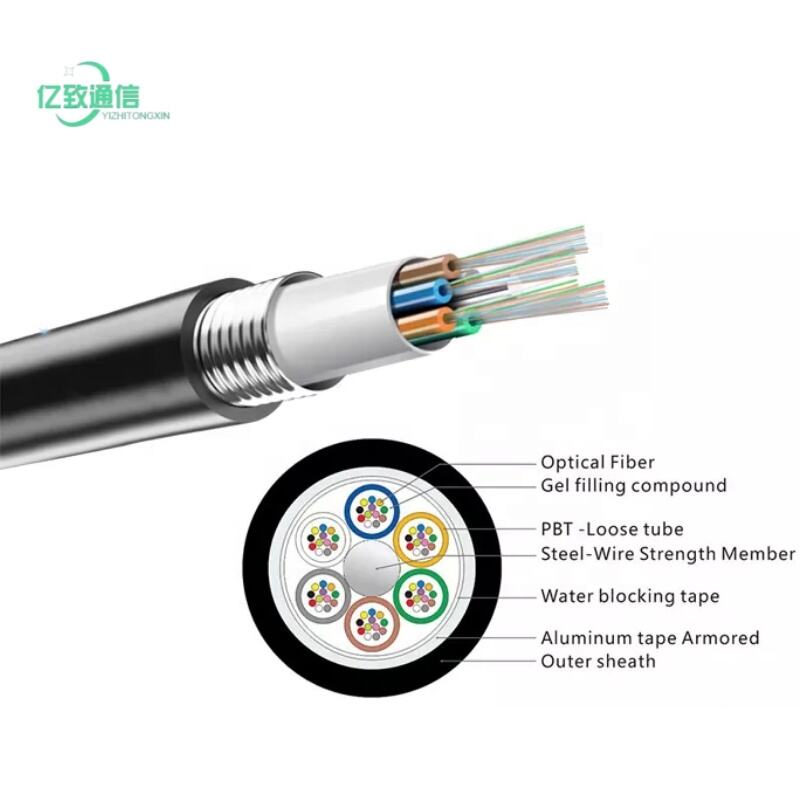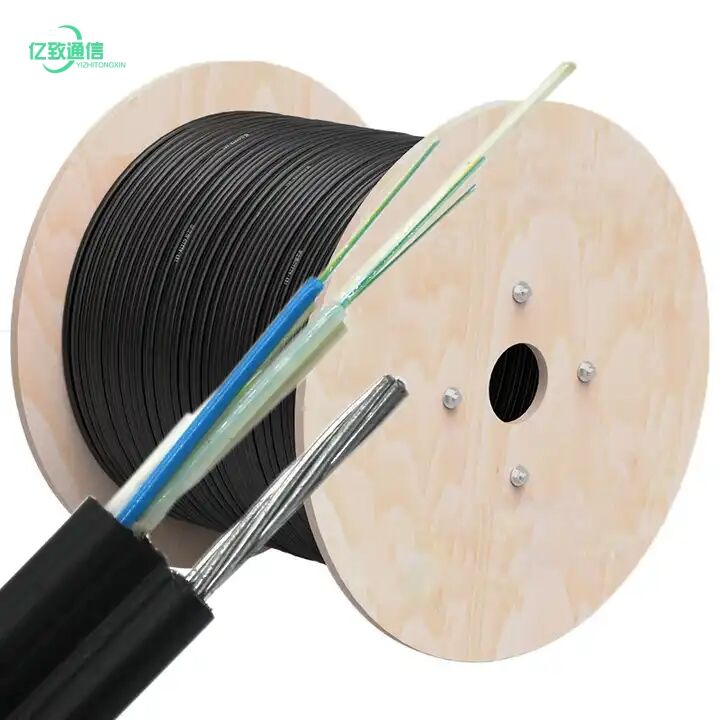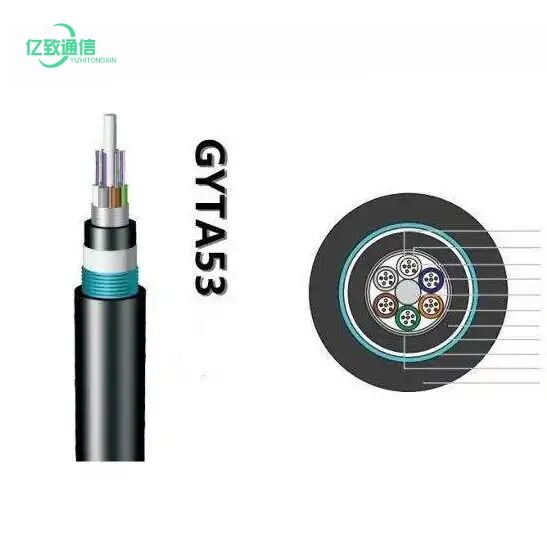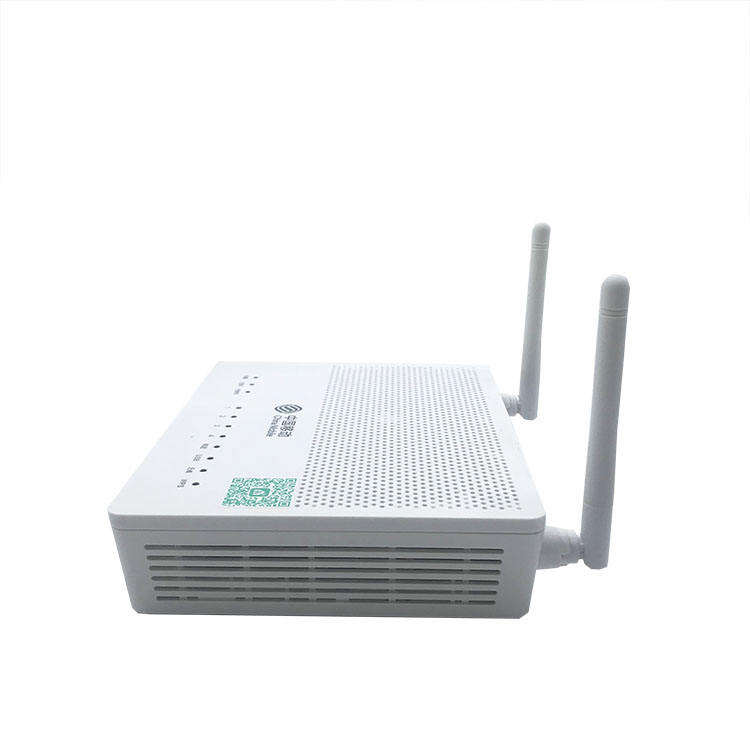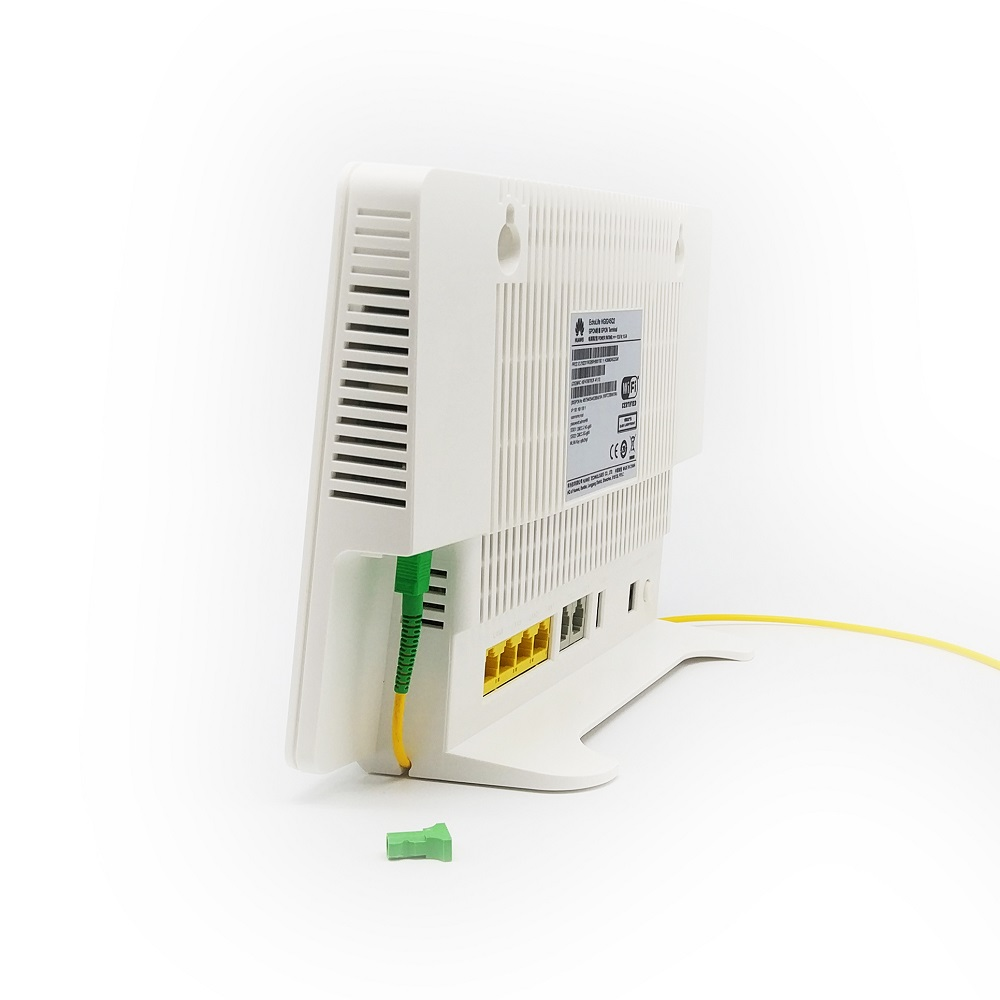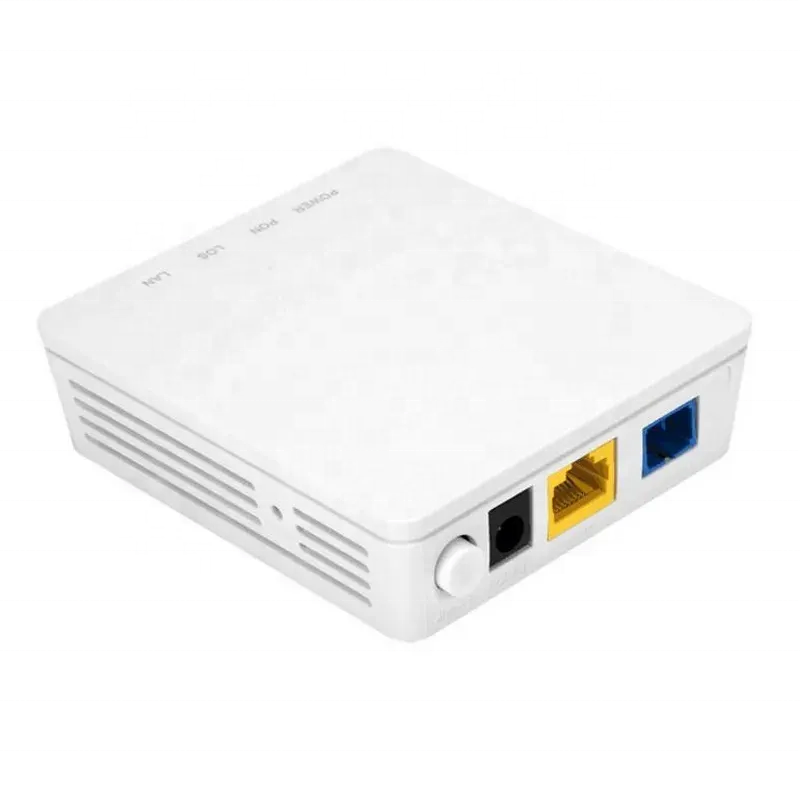fibreoptic
Fiber optic technology represents a groundbreaking advancement in telecommunications and data transmission, utilizing thin glass or plastic fibers to transmit information through pulses of light. These remarkable cables consist of a core surrounded by a cladding layer and protective outer coating, enabling data to travel at incredible speeds over long distances with minimal signal loss. The technology works by exploiting total internal reflection, where light signals bounce along the core without escaping, maintaining signal integrity throughout transmission. Fiber optics can carry significantly more data than traditional copper cables, with modern systems capable of transmitting multiple terabits per second. They're immune to electromagnetic interference and offer superior security since they don't emit radiation that can be intercepted. The technology finds widespread applications across various sectors, from telecommunications and internet infrastructure to medical imaging and industrial sensing. In healthcare, fiber optics enable precise minimally invasive surgeries through fiber optic endoscopes. The financial sector relies on fiber optic networks for high-frequency trading, while the military uses them for secure communications. The technology's versatility extends to decorative lighting, automotive systems, and aerospace applications, making it an indispensable component of modern infrastructure.

